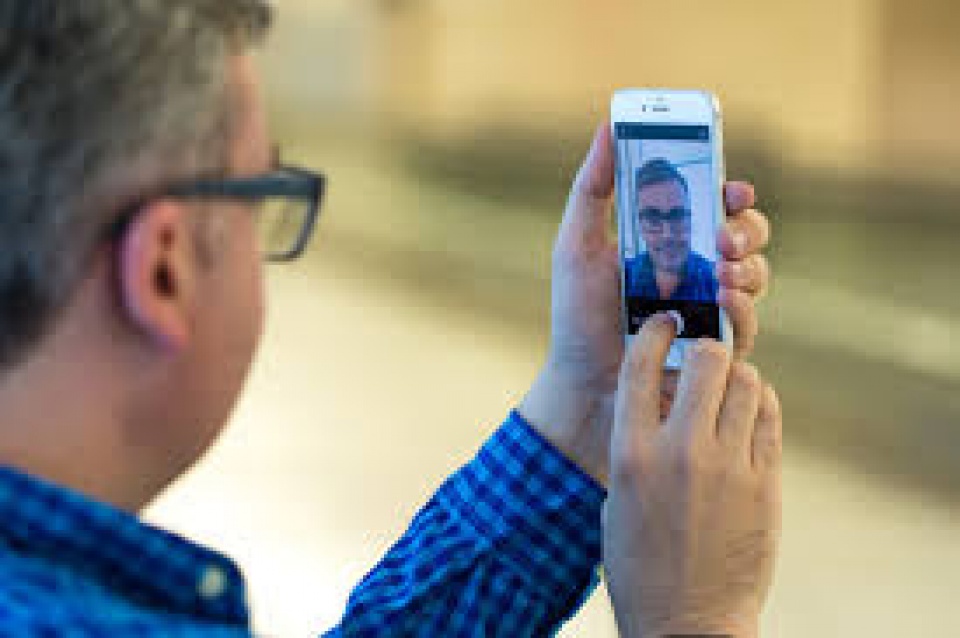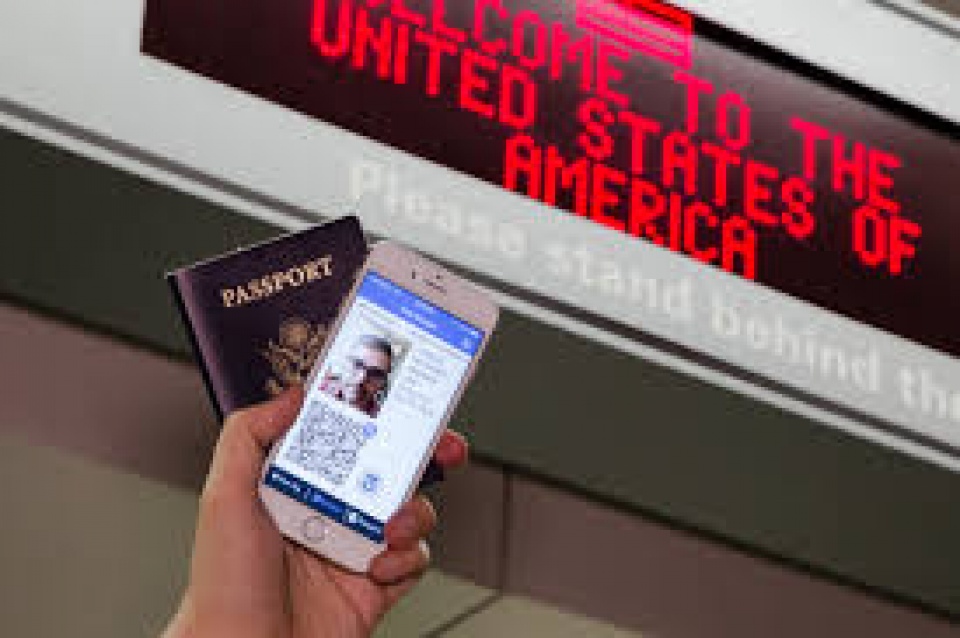Get through airport customs faster with this free app
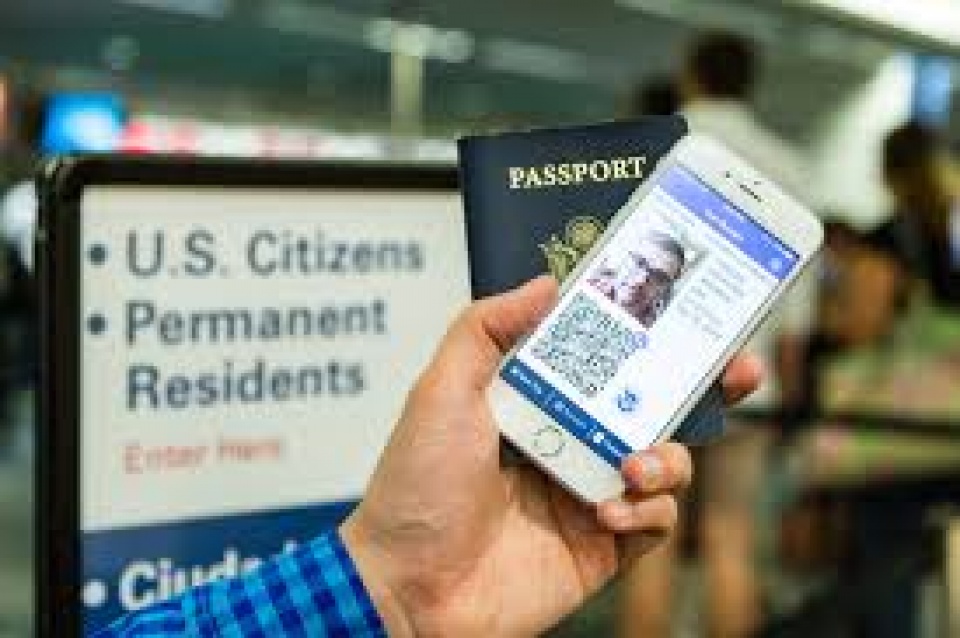 |
| When was the last time government tech made your life easier? WSJ's Geoffrey A. Fowler shows you how to skip the long border control line with the Mobile Passport app. Photo/Video: Emily Prapuolenis/The Wall Street Journal |
Stumbling off a 13-hour flight from Hong Kong a few weeks ago, I dreaded the long queue at border control. But instead of joining hundreds of other weary travelers in the cattle drive, I launched an app. Like an angel from on high, an airport employee whisked me to an empty—yes, empty—line reserved for tech-savvy travelers.
I waved my phone over a scanner and was done in two minutes. Maybe one minute. It’s rare to find a government technology so efficient it makes you do a little dance of joy.
Even if you’re not planning a trip immediately, do yourself a favor and download the free Mobie Passport for Apple and Android phones now.
With the app, American and most Canadian citizens can skip the slowest part of U.S. Customs by using a smartphone to import passport details, snap a selfie and answer basic questions.
|
By entering all your info in the app, there’s no filling out forms or queuing to use one of the newer photo-booth kiosks that immortalizes your airplane hair in a government database.
Even with the app, you’ll still need to travel with your real passport. And you’ll still have a brief customs interview—the one where an officer looks you in the eye and asks whether you handled any livestock abroad or are smuggling snails. Think of Mobile Passport less as a replacement and more like a Fastpass at Disneyland.
This app earns props from me because two decades into the mobile phone revolution, so much of the U.S. government feels stuck on the rotary dial. Only one state, Iowa, has begun testing a smartphone driver's license, even though the tech could vastly improve the security, not to mention the convenience, of our most ubiquitous form of I.D.
Mobile Passport brings the government and tech industry together to solve a real pickle: Funding for customs officers hasn’t kept pace with surging international arrivals at U.S. airports. The U.S. Customs and Border Protection and Airports Council International, a trade group, teamed up to make the Mobile Passport app with Airside Mobile, whose founders helped introduce the first mobile boarding passes in the U.S. It is paid for by sponsors including Boeing, and its functionality could be incorporated into future airline apps.
The result: Wait times are going down. Other tech efforts are helping, too, including automated kiosks and a $100 program called Global Entry that requires your fingerprints. But Mobile Passport is free and about as fast as Global Entry. It’s especially good for families and takes zero planning, other than remembering to download an app.
Though simple, it can be confusing if you don’t know what to expect. Here’s the play by play:
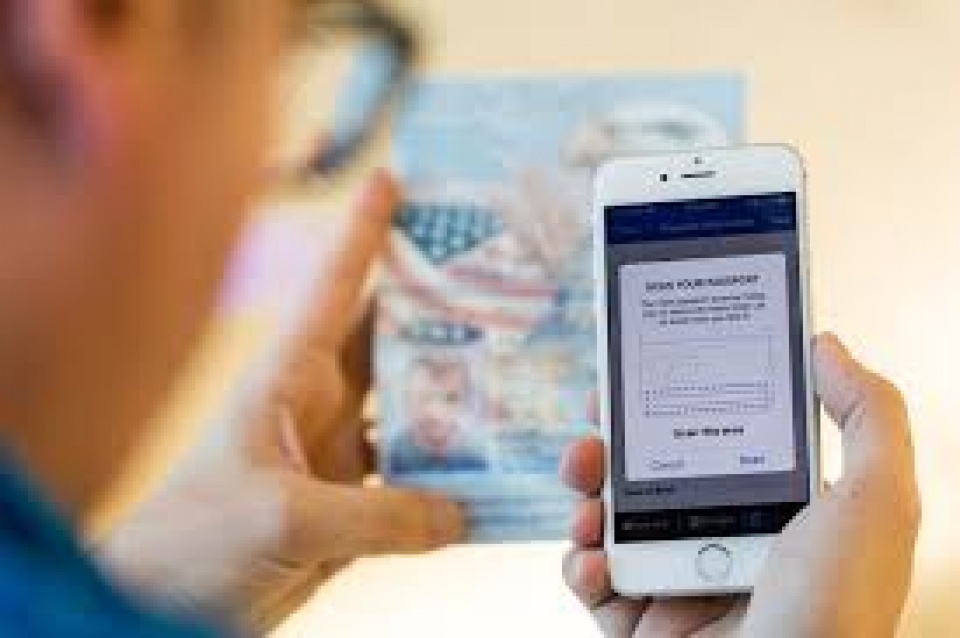 |
| PHOTO: EMILY PRAPUOLENIS/THE WALL STREET JOURNAL |
Step 1: Open the app. Add your real passport details, either by typing them or by scanning your passport with your phone’s camera. Then take a selfie. No hats or duck face, please—this is official business.
If you’re traveling with your family, you can add the whole gang to your app. And you can do it all from home, from the airport or even on board the flight (assuming you already have the app). All your family’s personal info is stored on the phone for future uses, locked behind a passcode you set.
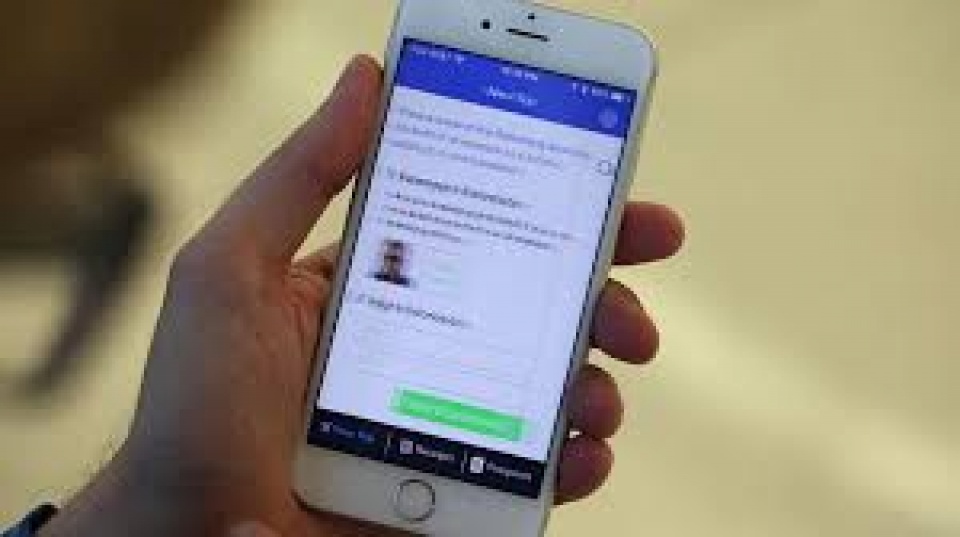 |
| EMILY PRAPUOLENIS/THE WALL STREET JOURNAL |
Step 2: On your never-ending return flight, you’ll have a little bit of homework. Pull out your phone—yes, even in airplane mode—open the app, tap New Trip, select a participating airport and answer four basic questions.
It’s an abbreviated version of the standard white-and-blue U.S. Customs form. You and your family members won’t need the paper form; if your flight crew is pushing it hard, show them you have the app. Bonus: No scrambling for a pen. You can also fill out this information in the airport after you land.
 |
| PHOTO: EMILY PRAPUOLENIS/THE WALL STREET JOURNAL |
Step 3: When you’re back on American tarmac, turn on your phone’s cellular or Wi-Fi connection, open the app and press a button. The app submits all the info you just entered to customs, and gives you back a digital receipt with a QR code. This is your ticket to the express lane.
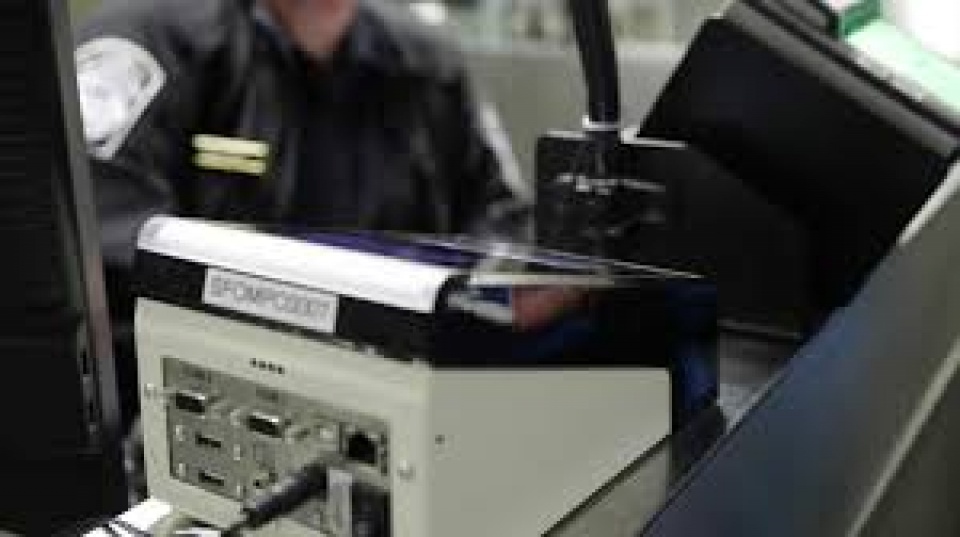 |
| EMILY PRAPUOLENIS/THE WALL STREET JOURNAL |
Step 4: When you get to the border control area, find the dedicated Mobile Passport lane. It should be much, much, much shorter than the regular lane. If you don’t see it, just ask; it’s so short, it may be hidden.
When your turn comes, hand over your passport to the customs officer and wave the app over a scanner. After you answer a few questions, you’re on your way to the luggage carousel. You’ll scan the app one more time after you grab your bags.
Since it launched in 2014, Mobile Passport has been used more than 380,000 times. Now it’s available in 13 airports, covering 62% of international fliers. (It should pass 20 airports by the end of this year; find a full list here.) It doesn’t currently work at land or sea ports—and, of course, it won’t speed up queues outside the U.S.
I had a smooth experience using Mobile Passport at San Francisco International Airport, but my parents had more challenges on a recent flight into Newark. There, airport staff who weren’t familiar with the app hustled my parents along to the regular line. Ouch. If you get pushback from airport staff, “be somewhat insistent,” said Dan Tancier, the CBP’s Director of Travel and Tourism Initiatives.
I followed up with a few more questions:
Aren’t phones banned in customs? That used to be the case, but those signs are coming down. Still, don’t even try filming officers or their computer screens.
Does the government use Mobile Passport to track us? No. Your information stays on the phone until you transmit it upon landing. “Nothing extra is being collected other than what is on your passport and what you enter into the app,” Mr. Tancier said.
Is it secure? It is, so long as you are mindful of your phone. The app encrypts your data and stores it on your phone; you never create an account in the cloud. Your data is protected by a four-digit code; please don’t choose 1234.
|
When you submit your data to customs, it is encrypted and never saved on a nongovernmental computer.
Does using Mobile Passport make you more, or less, likely to be questioned by customs staff? Officials say they treat you just like any other passport holder. If you’re smuggling goods into the U.S., they’re still onto you, even if you use the app.
When more people find out about this app, won’t it be less efficient? When Mobile Passport first came out, some flight attendants were hesitant to recommend it to passengers out of fear passengers would fill up their secret fast line. But at airports where it has grown popular, such as Miami, local officials have been able to add additional Mobile Passport lines, because it doesn’t require much overhead.
More to the point, studies have shown a Mobile Passport user requires about a fifth as much time at border control as a traditional passenger because there’s no futzing with forms or data entry. The lesson: Using Mobile Passport speeds up everyone, so there’s no reason to keep it a secret.
Related News

Vietnam’s 2022 smartphone shipments fall to 2015 levels
19:25 | 26/02/2023 Import-Export

Customs expands compliance assessment
06:56 | 15/05/2020 Customs
Latest News

The Philippines Pioneers Corruption Risk Mapping to Strengthen Integrity and Trade Facilitation in Customs
13:41 | 23/10/2024 World Customs
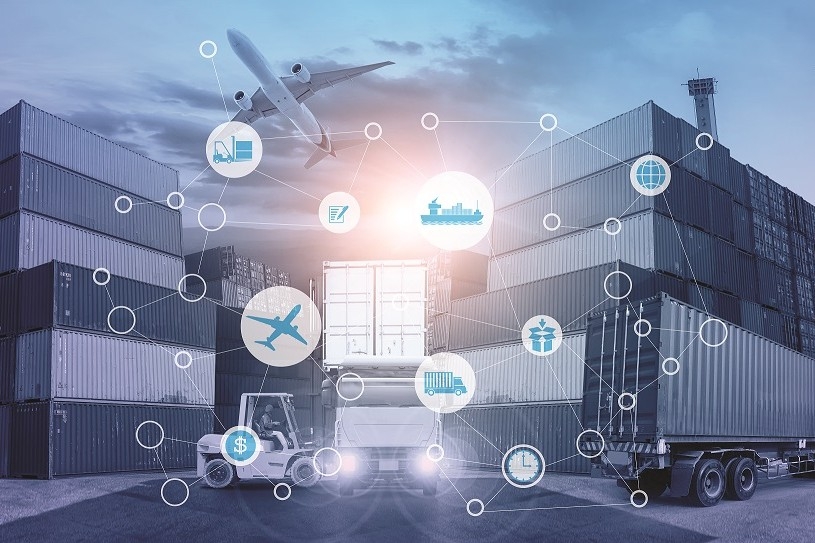
US customs clamps down on vague cargo descriptions
09:38 | 27/09/2024 World Customs
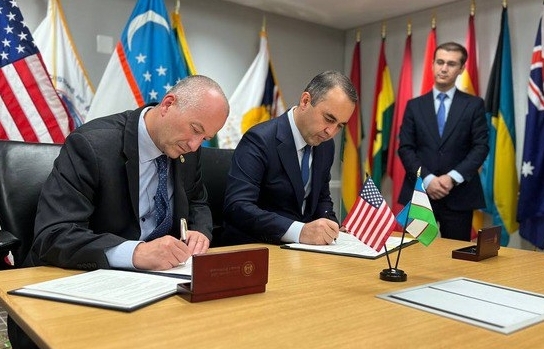
Uzbekistan Signs Customs Agreement With U.S.
09:02 | 26/09/2024 World Customs
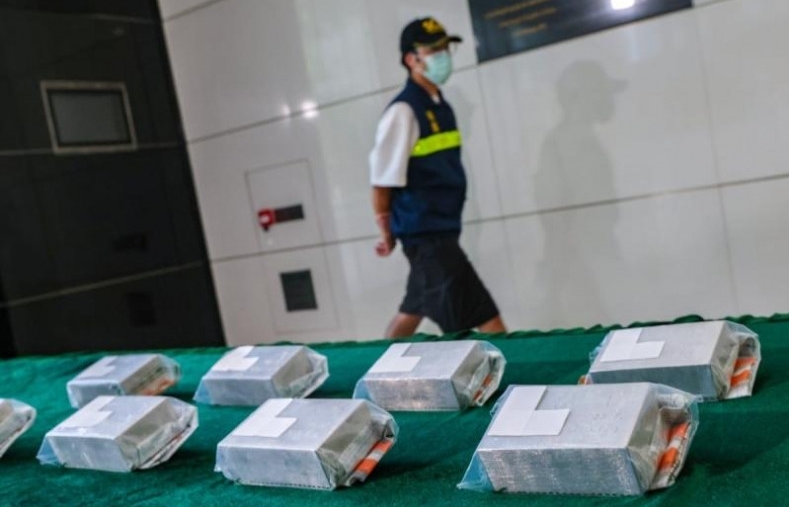
Hong Kong customs seizes B42.5m of smuggled platinum, its largest haul in 20 years
09:02 | 26/09/2024 World Customs
More News
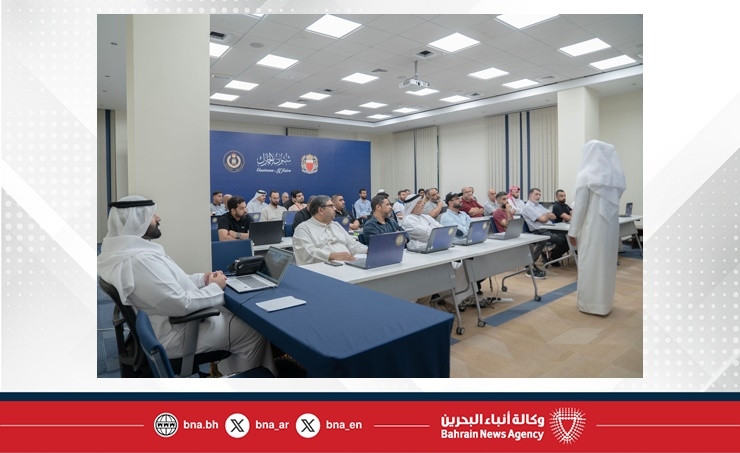
Customs Affairs conducts training programme for OFOQ2 Single Window System
13:15 | 16/08/2024 World Customs
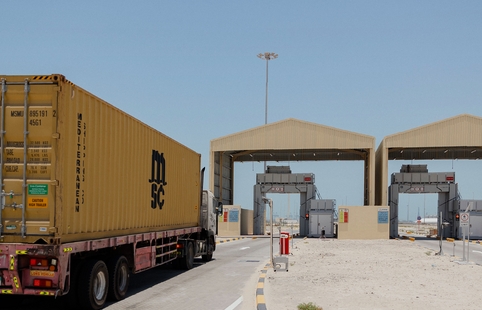
Abu Dhabi Customs equips sea customs centres with five advanced inspection devices
14:20 | 15/08/2024 World Customs
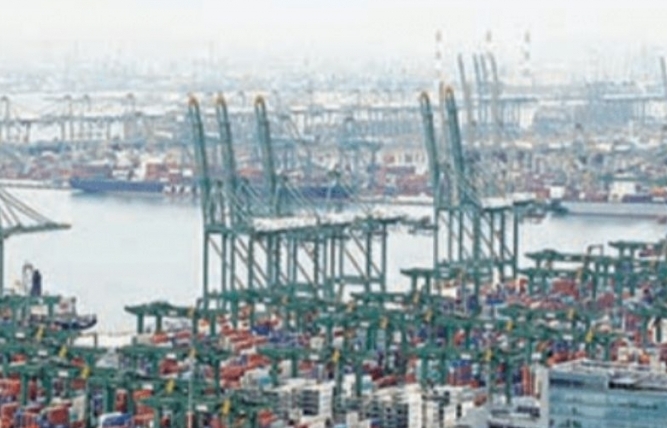
Customs rules get stringent at Singapore
14:20 | 15/08/2024 World Customs

Sabah Customs seizes over RM600,000 worth of drugs
10:16 | 09/08/2024 World Customs
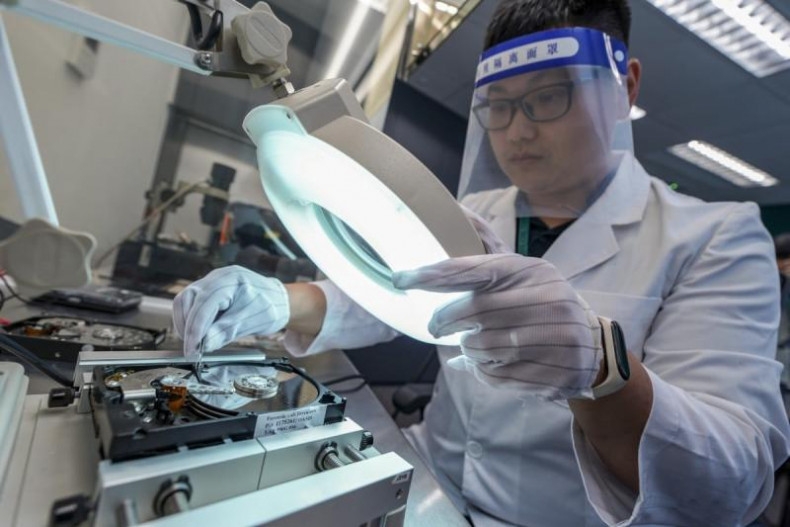
Hong Kong customs to use AI to check 6,000 digital images in seconds for crime-fighting boost
14:43 | 07/08/2024 World Customs
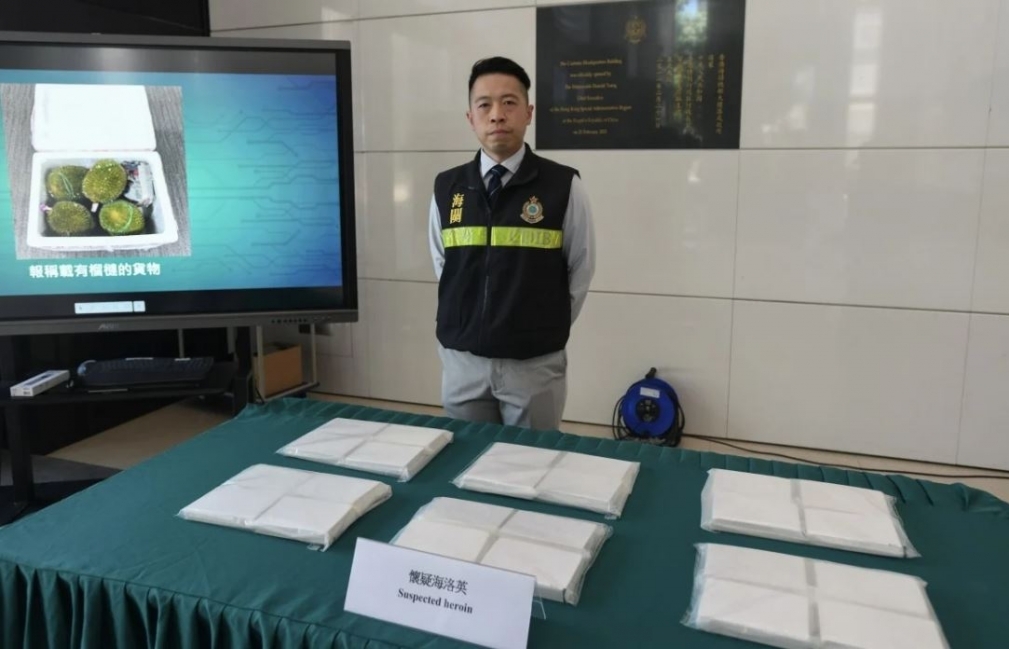
Hong Kong customs seizes HK$5.8 million of heroin hidden among durians
16:05 | 05/08/2024 World Customs

Dubai and Indonesia to boost the Comprehensive Partnership Agreement with advanced customs procedures
15:16 | 30/07/2024 World Customs

India imposes 10% customs duty on solar glass imports
08:16 | 26/07/2024 World Customs

Customs seize arms, ammunition worth N2bn from Turkey
09:35 | 07/07/2024 World Customs
Your care

The Philippines Pioneers Corruption Risk Mapping to Strengthen Integrity and Trade Facilitation in Customs
13:41 | 23/10/2024 World Customs

US customs clamps down on vague cargo descriptions
09:38 | 27/09/2024 World Customs

Uzbekistan Signs Customs Agreement With U.S.
09:02 | 26/09/2024 World Customs

Hong Kong customs seizes B42.5m of smuggled platinum, its largest haul in 20 years
09:02 | 26/09/2024 World Customs

Customs Affairs conducts training programme for OFOQ2 Single Window System
13:15 | 16/08/2024 World Customs

